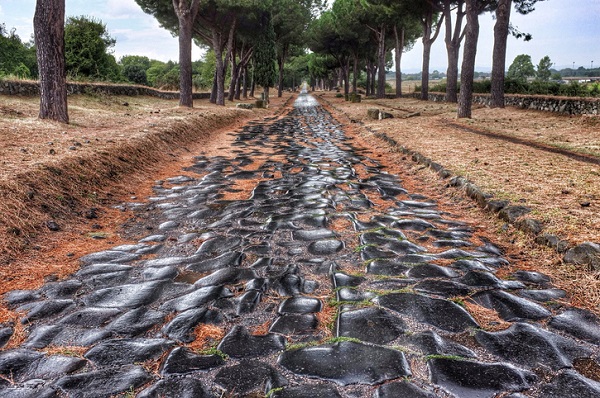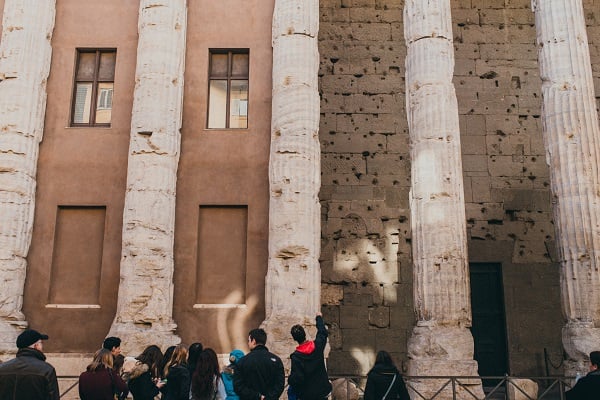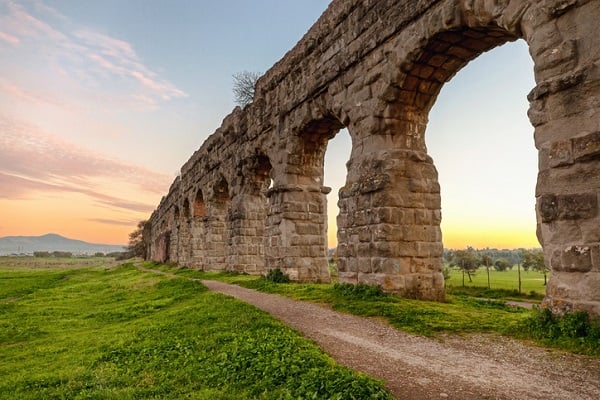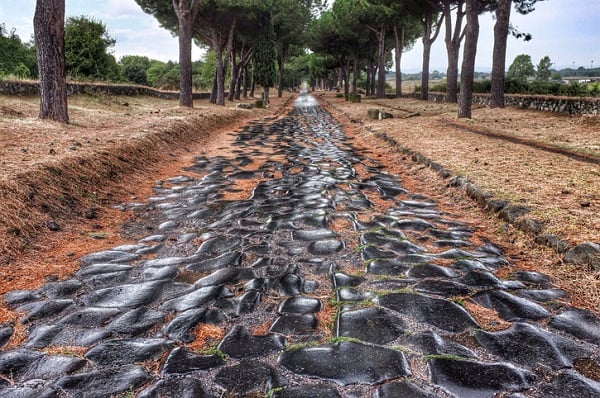


Many inventions we take for granted today – including roadways, concrete, and even our calendar – have ancient origins. Some were invented in Ancient Rome, and others were perfected by the Empire after absorbing technologies from civilizations it conquered.
While studying in Italy, you can explore the world-famous Roman aqueducts, stroll along 2,000-year-old roads, or marvel at the Pantheon’s famous dome.
Which inventions helped shape the history of Ancient Rome, and are still in use today? Read on to find out.
The Julian Calendar Helped Standardize the Passage of Time
While Ancient Roman innovations are often overshadowed by earlier Greek breakthroughs, the Roman Empire can still take credit for several important developments – including the Julian Calendar. Previously, Ancient Rome used the unwieldy Roman Calendar, often manipulated by officials to shorten or lengthen their term in office.
To help standardize years (and prevent officials from manipulating it to advance their political agendas), Julius Caesar created the Julian Calendar. Based on the solar year rather than the phases of the moon, it used a leap year every four years to help keep it in sync with the Earth’s movements around the sun. It was only off by 11 minutes each year, hence why the Gregorian Calendar we use today is heavily based on the Julian version.
Aqueducts: An Ancient Roman Feat of Engineering
Students enrolled in art history schools in Rome will marvel at the beautiful architecture of the aqueducts. These feats of engineering were built with practical purposes, but also designed to impress and show off the Roman Empire’s power.
Roman aqueducts were constructed to help sustain its massive population, which by some estimates had swelled to one million residents. Rome’s population needed a large supply of fresh, clean water, and Roman engineers designed the aqueducts to use gravity to channel water from elevated sources downward, toward the city of Rome.
Lead pipes connected water from the aqueducts to both private and public buildings. The design was so successful that hundreds of aqueducts were constructed across the Empire. Students in Rome can visit one of the best-preserved examples, Nero’s Aqueduct, stretching from Porta Maggiore to the Palatine Hill.
 Aqueducts were designed to help sustain Rome’s growing population
Aqueducts were designed to help sustain Rome’s growing population
What Students in Art History Schools Should Know About the Appian Way
Students completing their classical studies in Rome can walk along the famous Appian Way – one of the first major roads the Romans ever built. Constructed in 312 BC, the Appian Way once spanned 330 miles from Rome to the port of Brindisi on the Adriatic coast. Perhaps the most famous “highway” in the world, it was traveled by many of history’s biggest names, including Julius Caesar and St. Peter.
The Appian Way was built to move troops quickly from one region to another. It helped Rome maintain order, but also was crucial in the speedy delivery of news. Couriers could exchange horses along their route, allowing them to cover great distances without interruption. In a sense, the Appian Way was a “superhighway” for the transmission of information and people across the expanding Empire.
 A stretch of the Appian Way, one of the first major roads built by the Romans
A stretch of the Appian Way, one of the first major roads built by the Romans
Want to see it for yourself? Today, the road starts at the Aurelian wall, at the Porta San Sebastiano. Along the way, you can admire numerous reminders of Ancient Rome, including tombs and catacombs from the first Christian communities.
Which ancient Roman innovations will you visit first while you study history in Italy?
Contact John Cabot University for more information!




